Sodium Ethoxide Stability
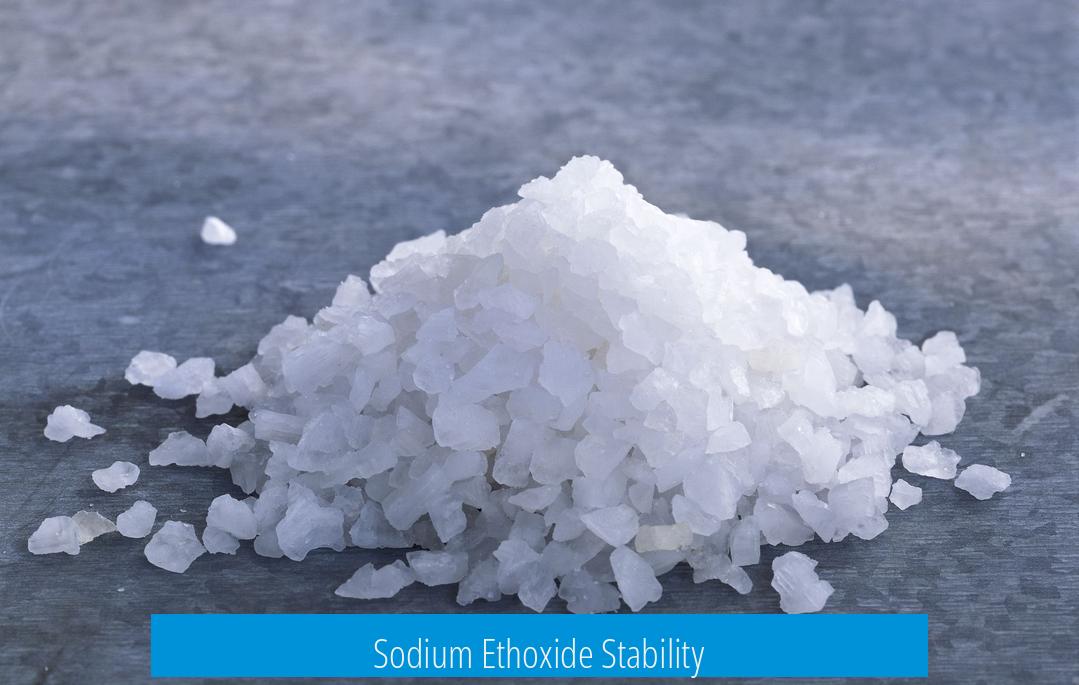
Sodium ethoxide (NaOEt) shows limited stability in the presence of atmospheric moisture because it undergoes an exothermic reaction, producing flammable ethanol. This reaction leads to gradual decomposition and poses safety hazards due to ethanol’s ignition potential.
Reaction with Atmospheric Moisture
Sodium ethoxide reacts rapidly with water vapor in the air. This interaction is exothermic, meaning it releases heat.
- The main chemical process converts NaOEt and moisture into ethanol (C2H5OH) and sodium hydroxide (NaOH).
- This reaction causes sodium ethoxide to break down, reducing its stability.
Exposure to ambient humidity accelerates this degradation, limiting NaOEt’s shelf life and purity.
Flammability and Ignition Hazard
The ethanol generated from the reaction is highly flammable. If the heat from the exothermic process rises sufficiently, ignition can occur.
- This ignition might also involve sodium ethoxide itself if temperatures are high enough.
- Such a risk demands careful handling, especially in open containers or non-inert atmospheres.
Therefore, sodium ethoxide must be stored dry and in airtight containers to prevent moisture ingress and reduce fire hazards.
Storage Recommendations and Safety
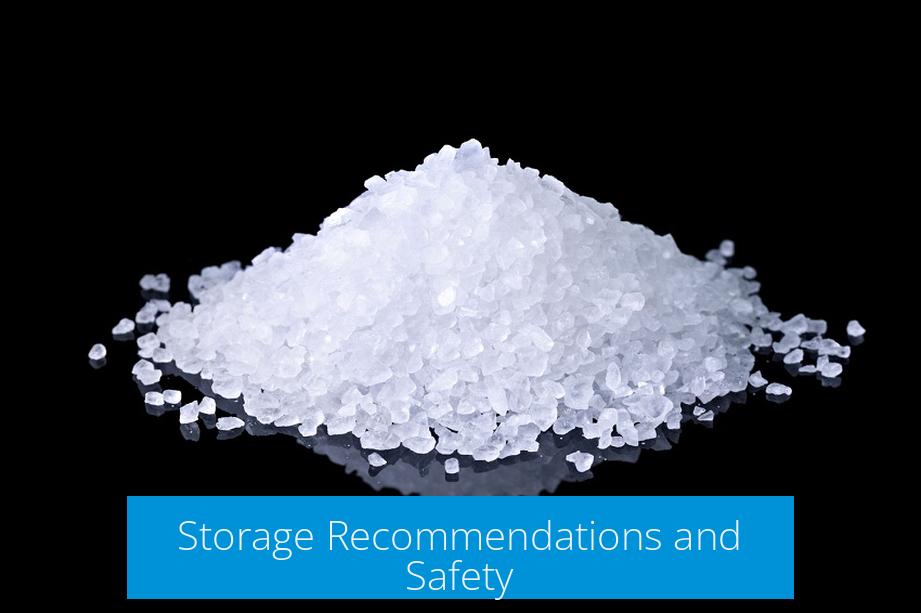
- Store sodium ethoxide under dry, inert atmospheres like nitrogen or argon.
- Keep in sealed containers resistant to air and moisture penetration.
- Maintain storage areas with low humidity to minimize moisture exposure.
Understanding sodium ethoxide’s NFPA 704 rating and typical “normal conditions” helps assess risk further but requires consultation of safety data sheets.
Key Takeaways
- Sodium ethoxide is unstable when exposed to moisture, decomposing into ethanol and sodium hydroxide.
- The reaction is exothermic and generates flammable ethanol, increasing fire risk.
- Proper airtight and dry storage is essential to maintain stability and safety.
- Understanding ambient conditions and safety ratings further supports risk management.
The Intriguing World of Sodium Ethoxide Stability: Why It Matters and How It Behaves
So, is sodium ethoxide stable? The quick answer: Sodium ethoxide (NaOEt) is neat but quite sensitive. Exposed to air, it doesn’t just sit quietly. Instead, it reacts—sometimes dramatically. This chemical’s stability depends heavily on its environment, especially moisture and temperature. If you’re mixing or storing NaOEt, knowing how it behaves can save you headaches and maybe a fire drill.
Let’s break down the behind-the-scenes chemistry and safety secrets about sodium ethoxide stability.
What Happens When Sodium Ethoxide Meets Moisture?
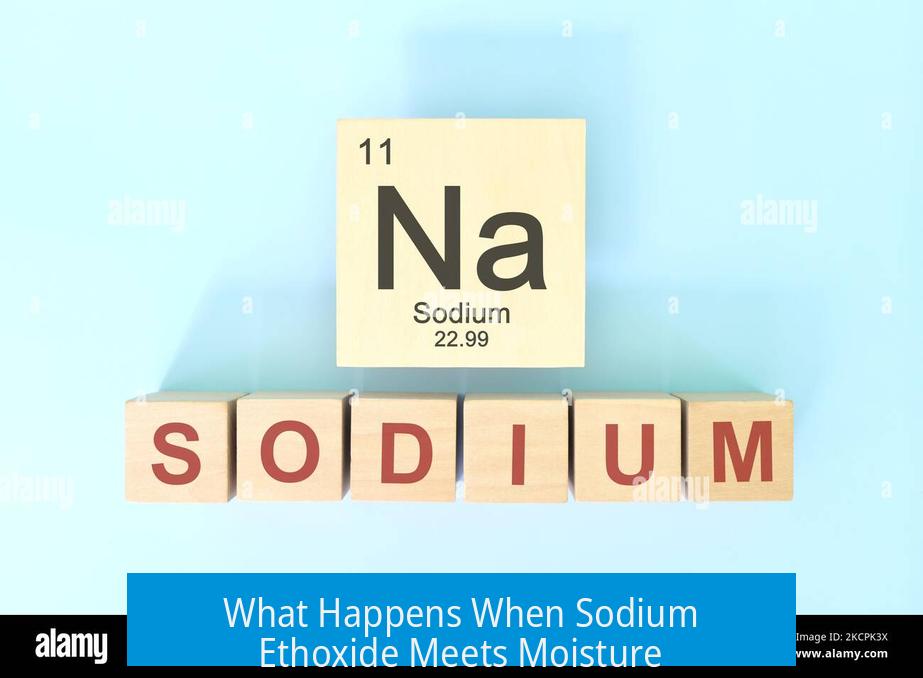
Here’s the crux: sodium ethoxide has a strong dislike for water vapor in the air.
When NaOEt encounters atmospheric moisture, it reacts fairly exothermically. That’s a fancy way to say it releases heat as it reacts. The reaction produces ethanol, a familiar alcohol:
- NaOEt + H2O → NaOH + C2H5OH (ethanol)
Now, this is not just a harmless transformation. Because ethanol is flammable, the reaction raises some safety flags. This decomposition means sodium ethoxide’s stability tanks when the air isn’t bone-dry. The takeaway? Exposure to moisture is bad news if you want NaOEt to last.
Imagine you leave a jar of sodium ethoxide next to an open window on a humid day. Moisture sneaks in, the reaction kicks off, heat builds, and ethanol forms. This heat can pile up quickly because it’s an exothermic reaction.
Why Should You Care About This Reaction?
First, the heat isn’t just a comfort issue; it raises the risk of ignition. As the ethanol evaporates, pockets of flammable vapor form. When hot enough, these vapors can ignite.
Here is a key safety nugget: If the heat rises sufficiently, the ethanol ignites. And it’s suspected—that’s right, suspected—that NaOEt itself could burn as well. So, what starts as a reaction to moisture can escalate into an actual fire hazard.
Handling and Storage Tips: Keep Sodium Ethoxide Happy and Calm
How do you prevent sodium ethoxide from staging a fiery rebellion against you?
- Store it in tightly sealed containers that keep moisture out—think air-tight, moisture-proof packaging.
- Keep it in a cool, dry place, away from any heat sources or direct sunlight.
- Ensure proper ventilation so vapors don’t build up in case of slight leakage.
- Use gloves and eye protection when handling. It’s not just about spills, but about preventing accidental ignition.
On a practical note, labs and industrial setups typically label sodium ethoxide containers with a corrosivity and flammability rating. But what’s that NFPA 704 you might have heard about?
What’s NFPA 704? Why Should I Care?
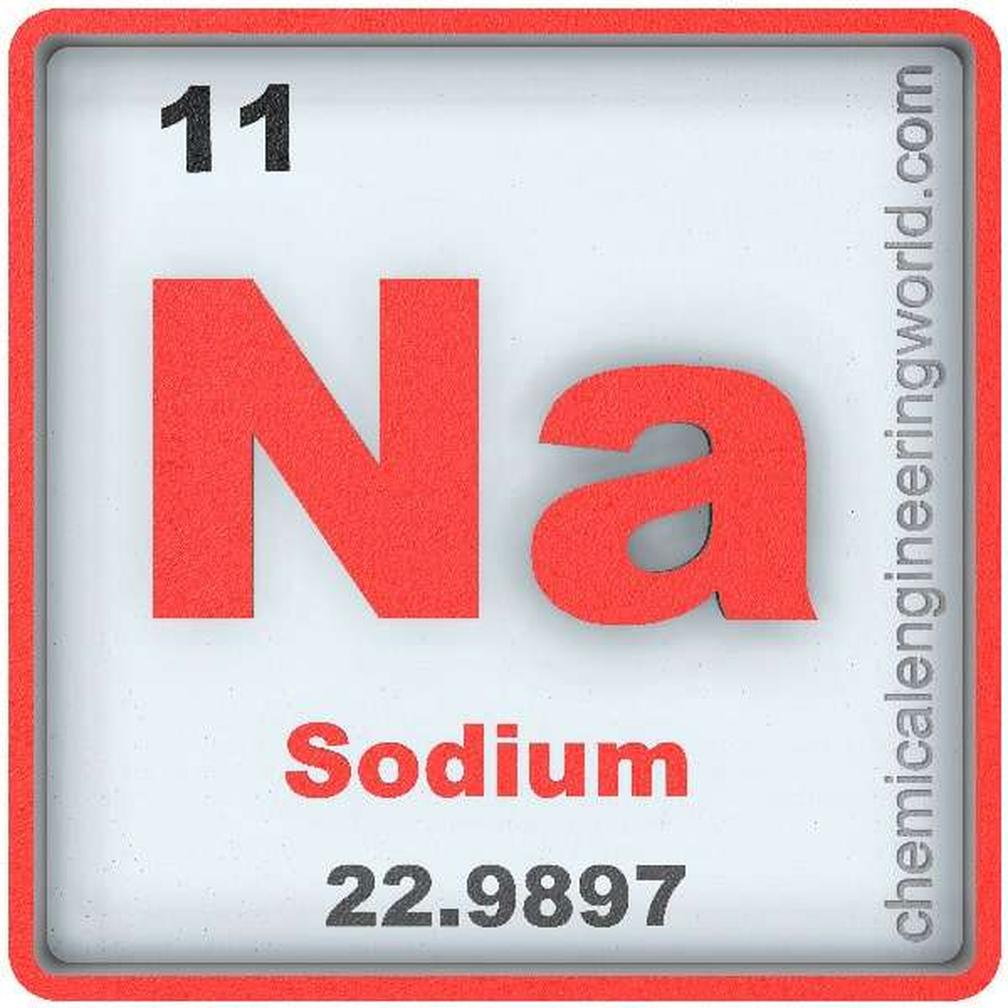
NFPA 704 is a standardized safety rating system for chemicals. It uses a diamond showing hazards of health, flammability, instability, and special concerns with numbers or symbols. Sodium ethoxide has a blue-flammability reading that reflects these reactions with moisture and its inherent fire risk.
Understanding this rating helps you prepare and react properly. If the flammability rating reads high, extra care in storage and use is non-negotiable.
Let’s Put It Into Perspective With a Real Example
Picture a chemist working with sodium ethoxide to produce an organic compound. She accidentally leaves the container a little open. Over hours, moisture sneaks in, sodium ethoxide starts breaking down, and ethanol builds up inside the container.
The heat generated warms the container. Long story short, a tiny spark from a nearby instrument ignites the vapor. It creates a small fire—not catastrophic but a risk that clearly demonstrates why understanding sodium ethoxide stability is critical.
In a Nutshell: Sodium Ethoxide Stability—The Bottom Line
Sodium ethoxide is stable only when protected from moisture and heat. The moment it meets humidity, it begins decomposing to ethanol and sodium hydroxide. This reaction releases heat and creates flammable ethanol vapor, posing a fire risk. Thus, controlling storage conditions is key to maintaining its stability and ensuring safety.
Considering the NFPA 704 safety rating can guide handling protocols. Don’t overlook the heat buildup risks from exothermic reactions. If it gets hot enough, the chemistry doesn’t just stop—it ignites.
Final Thoughts: Is Sodium Ethoxide Your Best Lab Buddy?
If you need sodium ethoxide for your chemistry project, treat it like a delicate but powerful tool. Keep it dry. Keep it cool. Keep it sealed.
By doing so, you’ll avoid unwanted reactions, stay safe, and keep NaOEt doing what it’s best at—being a reliable reagent rather than a pyrotechnic show.
“A little moisture can turn sodium ethoxide from a dependable ally into a flammable troublemaker.”
So, have you ever faced the challenges of storing or handling sodium ethoxide? What strategies worked for you in keeping this compound stable and safe? Share your tips and experiences below—we’re all here to learn.


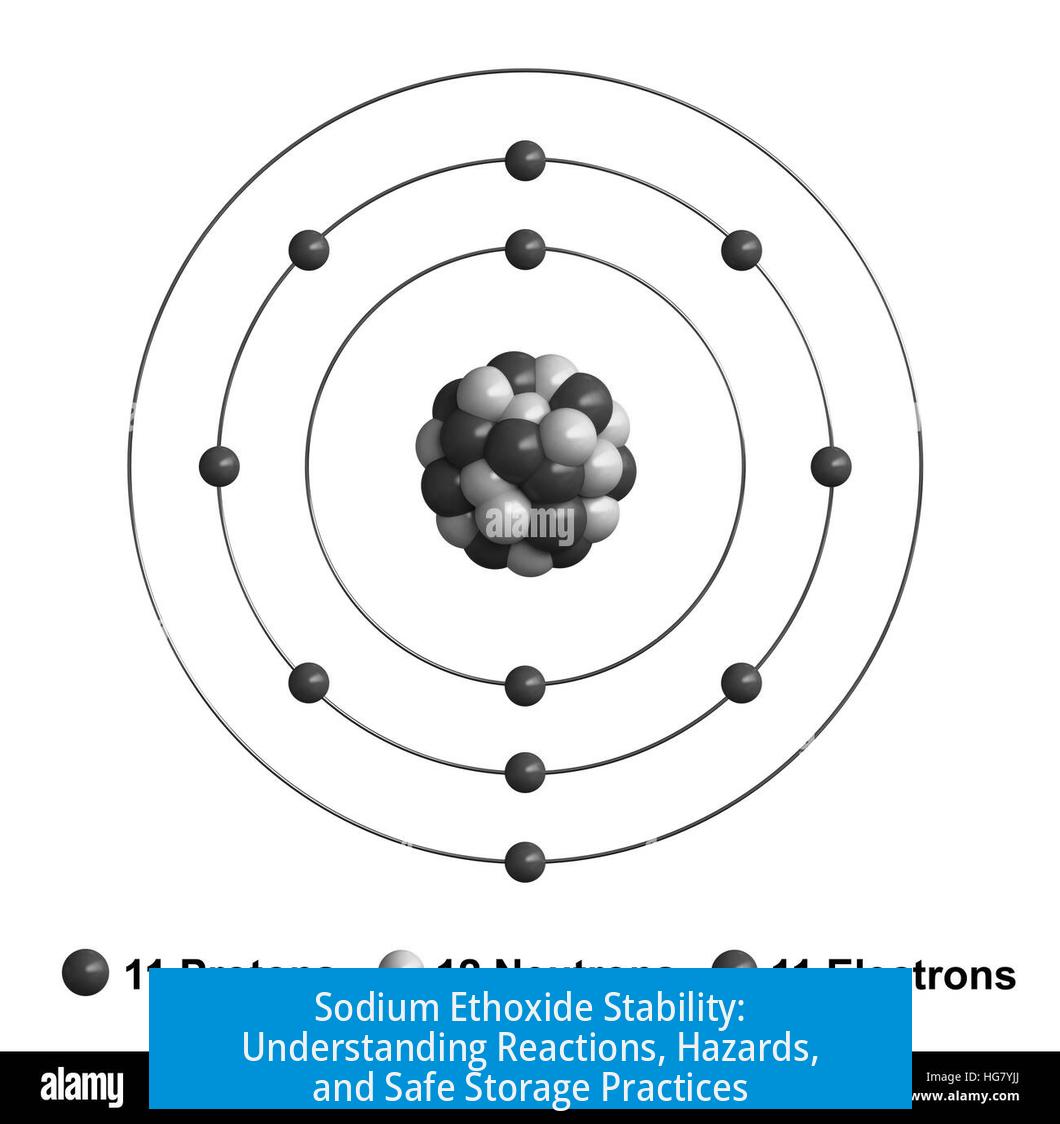
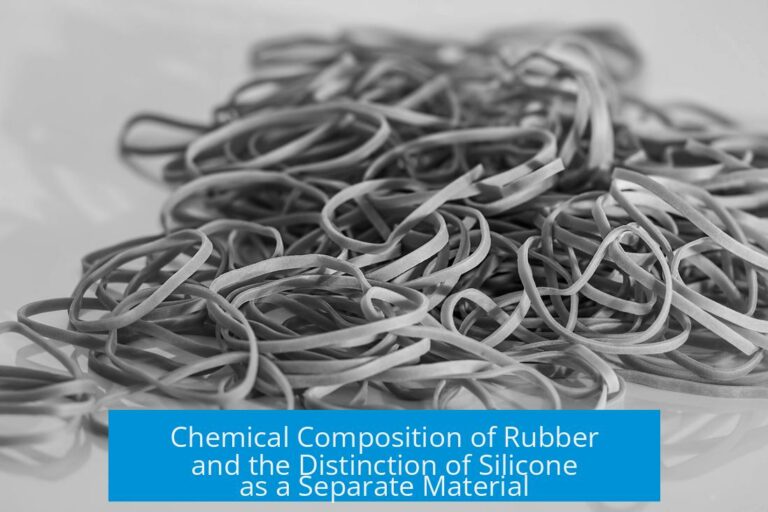

Leave a Comment